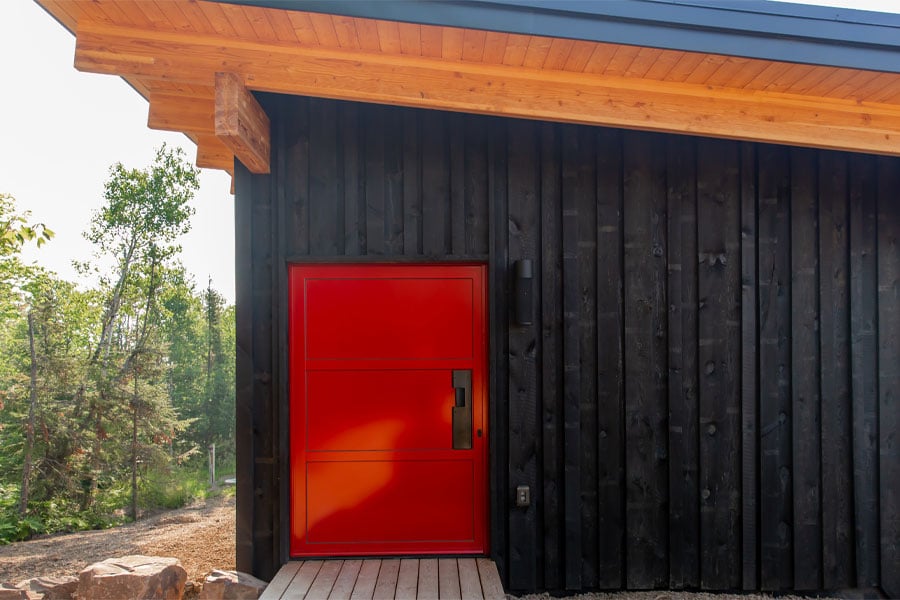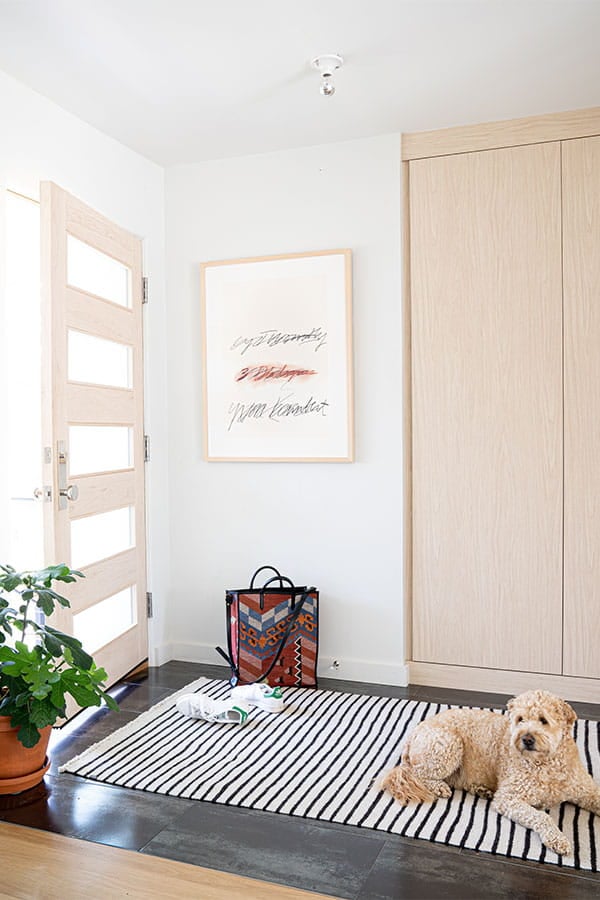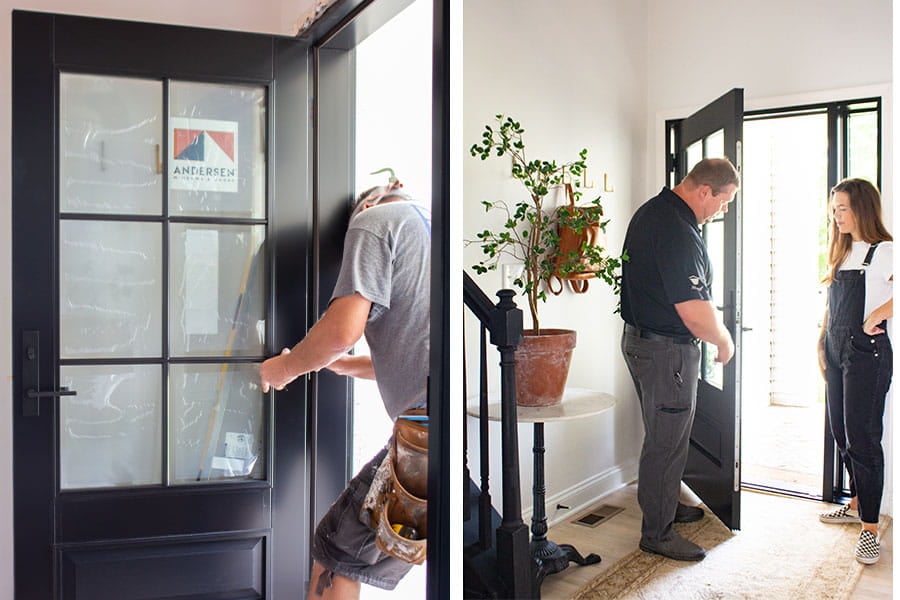Tips
What makes a front door energy efficient?

What makes a door energy efficient?
A door’s material and construction both impact its energy efficiency. Here’s what you should know about our entry doors:
- Door panels: Our entry doors are made of wood, which is naturally insulating. There’s less transfer of energy between indoors and outdoors with this material. Our wood doors are protected from the weather with an aluminum cladding (coating) on the exterior.
- Weatherstripping: This flexible foam material lines the perimeter of the door’s panel and, combined with a sweep watershed at the bottom of the panel, helps resist wind and water. Outswing front doors include an additional “rain skirt” for greater protection against wind-driven rain.
- Glass: Our windows come with dual-pane glass, i.e., two sheets of glass with an air space in between that can be filled with an argon-gas blend to help with insulation. In addition, low-emissivity (Low-E) glass coatings are available to help avoid energy loss. Different coatings are available, and the best choice will depend on your climate.
- Storm doors: While technically a storm door is a separate door that is installed over your front door, it is another way to improve the energy efficiency of your entryway. Find out more about storm doors.

How installation affects energy efficiency
As important as a door’s material and construction are to energy efficiency, there’s a third factor that can’t be overlooked, and that’s installation. A door can’t perform efficiently if it’s not properly installed. What do we mean by properly installed? A door should fit snugly into its rough opening. The rough opening is the space in the wall where your window or door is installed. A properly installed door will sit level vertically (called plumb) and horizontally. It will also fit into each of the four corners at a 90-degree angle (called square). The door should also be sealed appropriately, and insulation should be properly installed between the rough opening and the door frame to avoid drafts and energy loss.
If you’re not a DIYer, we can help you find an Andersen Certified Contractor in your area who will have the skills to install your entry door.

How to compare front door performance
If you’re looking to compare the energy efficiency of one front door to another, here are some points to research:
- What material is the door made of? Wood offers good thermal performance, which is why we use it in our doors. We also add protective cladding that helps keep our doors low-maintenance and high-performing over time.
- Is the window glass dual pane? Dual-pane glass comes standard on all our windows, including entry door windows. Ours can be ordered with an argon-gas blend in between the panes to further improve insulation.
- Are Low-E coatings available? Low-E coatings come standard on our entry door windows. These coatings are climate specific, so there’s an option that will make your home more comfortable — no matter if you’re seeking to gain solar heating or avoid it.
